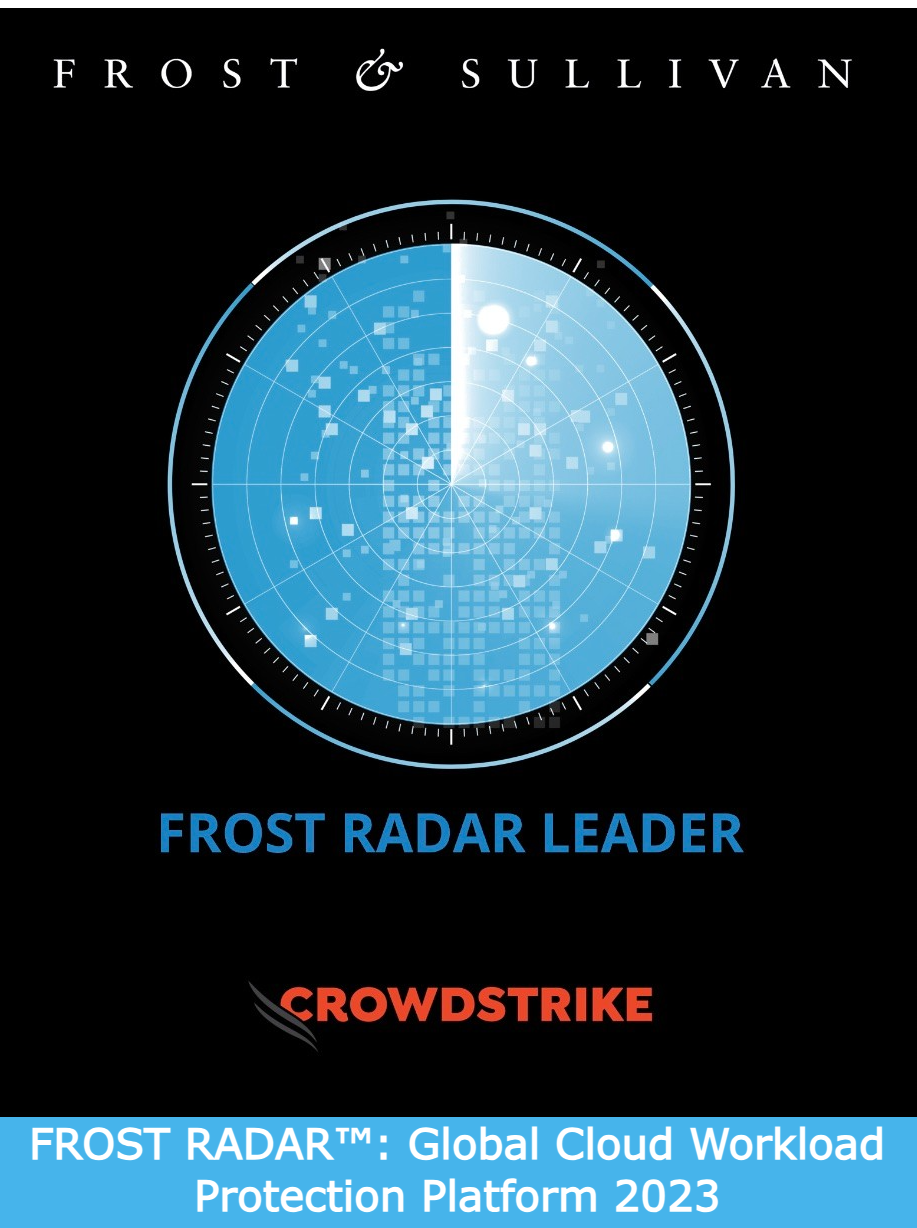What is software composition analysis (SCA)?
Software composition analysis (SCA) is a technique used for examining the software components that make up an application and then identifying and managing any vulnerabilities discovered. Modern software is typically a mash-up of custom code, open-source software, and third-party components. Knowing what goes into your software — especially potentially vulnerable material — is critical for maintaining a strong security posture. With the growing sophistication of attacks targeting vulnerable applications, SCA has become an indispensable tool for the modern enterprise.
In this article, we’ll explore what software composition analysis is and how it fits into your organization’s broader security strategy. We’ll walk through how SCA works and discuss its benefits and challenges. Finally, we’ll consider what it takes to implement it effectively within your organization.
Let’s begin by unpacking what exactly SCA entails.

2023 Cloud Risk Report
Download this new report to learn about the most prevalent cloud security threats from 2023 to better protect from them in 2024.
Download NowHow does software composition analysis work?
Modern applications aren’t monolithic pieces of software completely written in-house. Instead, they often bundle in and depend on code from open-source libraries or third-party vendors. For this reason, SCA works like a screening agent. It identifies and documents each software component in an application, scanning components for vulnerabilities that could compromise the software’s security. SCA helps you know what’s “under the hood” of your software, serving as an integral part of risk management and software supply chain security.
Various tools and technologies power the SCA process, working together to offer an intricate view into an application’s software components and their associated vulnerabilities.
- Software bill of materials (SBOM): The SBOM serves as the foundational inventory, listing all the components that make up the software.
- Vulnerability scanning: This tool scans your application code for known security flaws, cross-referencing its discoveries against vulnerability databases.
- Image registry scanning: When you work with containerized applications, image registry scanning examines stored container images for vulnerabilities.
- Common Vulnerabilities and Exposures (CVE): CVE databases serve as up-to-date and extensive repositories of known security vulnerabilities.
- Container registries: These are repositories for container images that an SCA tool might integrate with to monitor for vulnerabilities in stored images.
SCA is often integrated with a continuous integration/continuous delivery (CI/CD) pipeline, providing automated analysis whenever software is updated, built, or prepared for deployment and release.
Now that we’re familiar with what goes into the SCA process, let’s examine the benefits and challenges of SCA.
Benefits and challenges of software composition analysis
SCA offers invaluable insights to security-conscious organizations. Let’s consider some of the key benefits:
- Software integrity: By cataloging all components in your software, SCA ensures that every component is accounted for, thereby increasing overall software reliability.
- Early identification of vulnerabilities: When integrated for automated scanning on updates, SCA detects security risks before software is deployed, enabling remediation before issues go live.
- License compliance: SCA can also identify the licenses of all components in use, helping organizations adhere to legal requirements.
- Enhanced cybersecurity posture: By detecting vulnerabilities and providing remediation insights, SCA helps improve an organization’s overall security posture.
Nonetheless, SCA also comes with a set of challenges that need to be navigated carefully:
- Inaccurate software inventories: Organizations must put certain mechanisms in place to ensure SCA can precisely identify all components in their software. Otherwise, SCA may produce incomplete vulnerability scans.
- Outdated components: If implementing continuous monitoring and automation is overlooked, older components can introduce vulnerabilities that might go unnoticed.
- SBOM adoption and the potential lack of visibility: The effectiveness of SCA depends on software builders (including open-source and third-party contributors) adopting the use of SBOMs. In complex applications, nested dependencies and incomplete SBOMs may obscure vulnerabilities, making them hard to detect.
Finally, let’s look at what it takes to put SCA into effective practice.

2023 Frost Radar™ Leader: Global Cloud Workload Protection Platform (CWPP)
Download this report to see why Frost & Sullivan has named CrowdStrike a leader for CWPP and how the platform helps customers gain context surrounding their SBOMs and vulnerabilities.
Download NowHow to implement software composition analysis effectively
Implementing SCA in your organization isn’t only about having the right tools. Let’s look at some concrete steps your organization can take to benefit from SCA and overcome some of its common challenges.
Create accurate SBOMs
Serving as detailed lists of all software components in your applications, SBOMs form the cornerstone of effective SCA. Therefore, creating accurate SBOMs is essential. Knowing exactly what’s in your software aids in vulnerability detection and compliance verification.
Adopt continuous monitoring
Periodic and manual checks are insufficient in the modern software development world. Besides your own in-house code, many third-party component dependencies undergo frequent updates. By switching to a model of continuous monitoring, your organization will benefit from real-time insights into your software security. A robust SCA process will automatically alert you to newly discovered vulnerabilities or changes in existing ones. This automated and proactive approach will help you maintain strong security.
Develop a remediation plan for vulnerabilities
It’s one thing for SCA to detect vulnerabilities — it’s another thing for you to act upon these discoveries. This is where the remediation plan comes in; it outlines the steps to take when a vulnerability is detected. A planned approach ensures that proper procedures are followed, yielding more effective vulnerability management than an ad hoc approach.
A remediation plan also helps you respond quickly, since your organization has already done the hard thinking on what steps ought to be taken. A quick response minimizes the window of opportunity for cyber threats to evolve and escalate.
Choose effective tools wisely
Picking the right tools for SCA can make or break your implementation. Look for consolidated tools that can easily integrate with your existing security infrastructure. Prioritize features like accuracy and scalability. Ensure that your tools can handle complex dependencies to promote a smooth and effective analysis process.
With these initial steps, your organization is on its way to building an SCA process that will significantly strengthen your application security and overall cybersecurity strategy.
Introducing CrowdStrike Falcon Cloud Security
CrowdStrike Falcon® Cloud Security delivers complete visibility across the entire application life cycle, detecting and remediating threats across hybrid and multi-cloud environments and securing containers, workloads, and serverless applications. With the broadest industry image assessment integration, it gives you the ability to find vulnerabilities no matter what registry is being used. Integrating Falcon Cloud Security into your SCA process will ensure you have accurate and actionable steps for timely and effective threat detection and response.
In summary, SCA is indispensable for managing the vulnerabilities that will inevitably surface in today’s component-driven software applications. From creating accurate SBOMs and adopting continuous monitoring to leveraging tools like Falcon Cloud Security, your organization can ensure an effective implementation of SCA and a more robust cybersecurity strategy.
Expert Tip
Schedule a free Cloud Security Risk Assessment, or join our hands-on workshop to learn how you can better secure your applications. Request a Free Review

